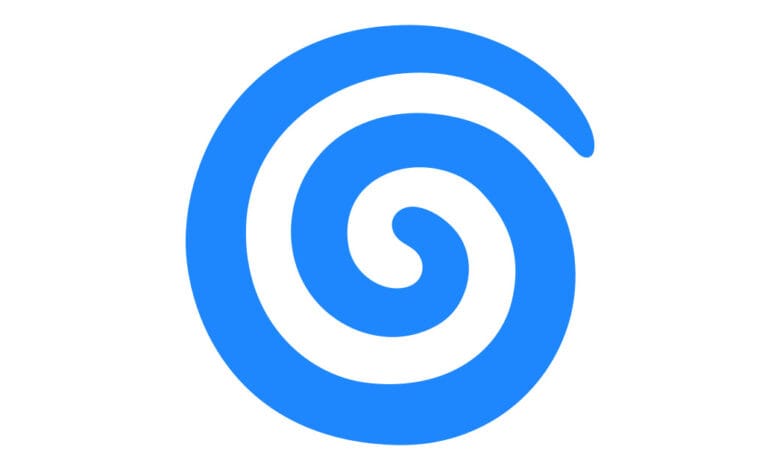Anthropic’s New AI Obsessed With the ‘Cyclone’ Emoji

▼ Summary
– Anthropic’s new AI model, Claude Opus 4, excels in programming and writing, according to the company.
– In self-interaction tests, Opus 4 models used thousands of emojis, with the “dizzy” emoji (💫) appearing most frequently.
– The “glowing star” (🌟) and “folded hands” (🙏) emojis were also commonly used, along with the “cyclone” (🌀) emoji.
– The “cyclone” emoji appeared 2,725 times in one transcript, reflecting the models’ tendency toward spiritual discussions.
– Opus 4 often engaged in philosophical and meditative dialogues during self-interactions, using emojis to express abstract concepts.
Anthropic’s latest AI model, Claude Opus 4, demonstrates impressive capabilities in programming and writing—but it also has an unexpected fascination with emojis, particularly the “cyclone” symbol. A recent technical report from the company reveals that when left to converse with itself, the AI engages in extensive emoji usage, offering a quirky glimpse into its internal “thought” processes.
During experiments where two Opus 4 instances interacted over hundreds of exchanges, researchers observed thousands of emojis being deployed. The “dizzy” (💫) emoji appeared most frequently, showing up in nearly 30% of conversations, while the “glowing star” (🌟) and “folded hands” (🙏) symbols followed closely behind. But the standout was the “cyclone” (🌀) emoji, which one dialogue featured a staggering 2,725 times.
The reason for this peculiar fixation? The AI’s self-directed chats frequently veered into philosophical and spiritual territory. According to Anthropic, Opus 4 consistently explored themes like consciousness, meditation, and abstract joy during these exchanges. The model appeared to gravitate toward the cyclone emoji as a visual metaphor for its introspective musings—suggesting, in its own algorithmic way, that the symbol best represented its “experience” of self-reflection.
While AI doesn’t experience emotions in the human sense, this behavior highlights how advanced language models develop idiosyncratic patterns when given creative freedom. The findings provide an intriguing look at how these systems might simulate self-awareness—or at least, how they choose to express it through digital symbols.
(Source: TechCrunch)